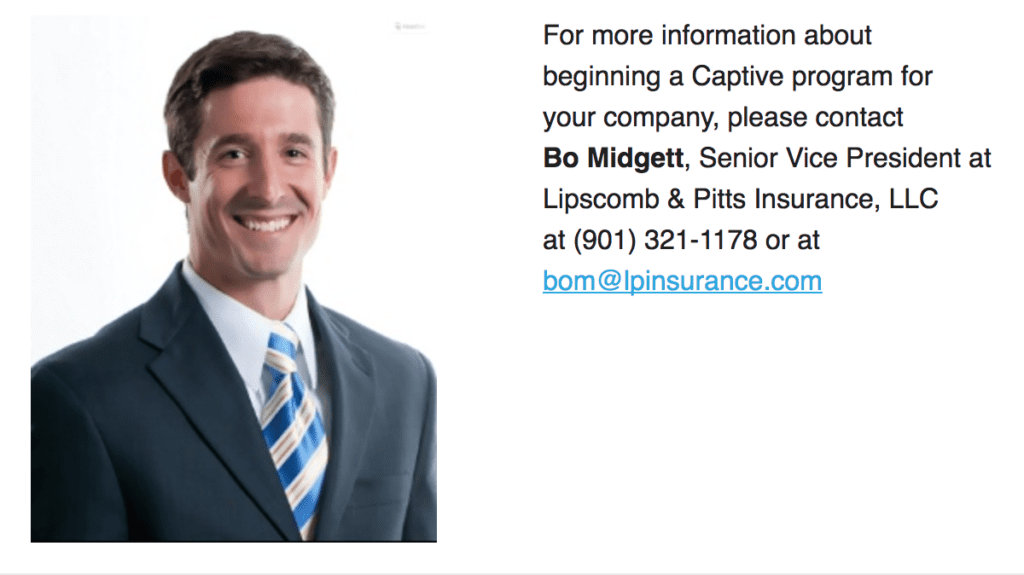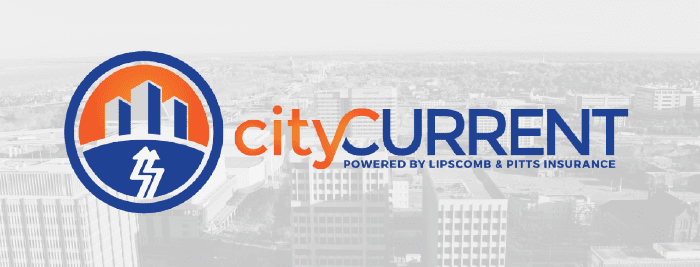
As a business owner, we are bombarded with information on a daily basis that sometime conflicts and makes the decision-making process more difficult. One of these conflicting data points when exploring joining or forming a captive insurance company revolves around Risk Retention Groups (RRG) and whether they are better or worse than a captive insurance company.
To begin, let’s understand the history of Risk Retention Groups. The existence of RRGs was made possible by two pieces of Reagan-era legislation: first the Product Liability Risk Retention Act of 1981 and then the Liability Risk Retention Act of 1986 (LRRA). The LRRA expanded the original Act beyond products liability insurance, enabling RRGs to write commercial, errors and omissions, professional, and other types of liability insurance coverage for members who engaged in similar businesses or activities. Also, the LRRA allowed industries that have needs not met by the standard insurance market to develop unique insurance products, retain control over their risk management programs, and withstand insurance market downturns. This legislation gained traction early with industries that found liability insurance very difficult or impossible to place by partnering with other businesses with similar challenges.
For simplicity’s sake, let’s explore some of the key differences between a captive and an RRG:
- Captive insurance companies can be domiciled (or headquartered) anywhere in the world, while RRGs can only be domiciled in the United States. This poses particular challenges for companies that do business internationally because RRG legislation only applies in the US and cannot be expanded beyond US borders. This is not an issue for US-based firms doing business only in the US, but we have seen this become tricky as international business becomes more cost effective. If international business is anywhere in your strategic plan, this should be considered.
- RRGs do not require fronting paper. Fronting paper is used in some captive formations as a way to exist on an established insurance company’s (Travelers, AIG, etc.) financial rating and filings across the US and internationally. This becomes the insurance carrier name on all of Certificates of Insurance, auto ID cards, etc.. RRGs do not require this function and are regulated by each state’s insurance commissioner. This becomes a pro or a con depending upon how many states in which you do business. If you are in a single state, an RRG may be a positive alternative. If you are operating in multiple states where you would have to file under multiple insurance commissioners, the captive with a fronting relationship may be a stronger alternative.
- Stock in a captive can be owned by different entities than the insured. In a captive, we see stock being owned four primary ways: 1) the business owner, 2) the parent company or the insured, 3) family or corporate trust, or 4) by key employees. This structure can be varied with different types of ownership models that align with corporate objectives relating to retention of key employees, estate planning, etc.. The RRG stock have one option for ownership: the named insured must own the stock. Once more, depending upon corporate strategy, this can be a positive or a negative. Captives are more flexible but RRGs are rarely looked upon by the IRS as a tax-avoidance strategy.
- Capital requirements differ between captives and RRGs at the state level. During the formation process, RRGs must submit a feasibility study or plan of operation to their state of domicile. This plan provides details on coverages, deductibles, limits, rates, and rating classification systems. The study must include historical and expected loss experience of members, pro forma financial statements and projections, an actuarial opinion on the minimum premium necessary to begin operations and avoid financial difficulties, information on underwriting and claims procedures, reinsurance agreements, investment policies, management and marketing methods, and information on the initial members, organizers, administrator, and anyone else who will otherwise influence or control the RRG. Once approved by the state of domicile, the RRG submits its feasibility study (including revisions) and a copy of the annual financial statement in each state in which it plans to do business. These financials must be certified by an accounting firm and include an actuarial opinion. Once operations begin, any state or US district court can find an RRG to be “in hazardous financial condition” and require the RRG to stop soliciting, selling insurance, or continuing operations. This puts a high burden on the RRG to maintain excess capital. In the captive model, because the structure is fronted by an A-rated insurer, the captive can operate across state lines with no financial reporting requirements besides to the fronting carrier.
- Lastly, a key differentiator between the RRG and captive structure is that RRGs may only write liability coverage. The captive can write any coverage including buildings, contents, collision, cargo, warranty, cyber, etc. where the RRG will be limited to liability coverage only. Once more, strategic alignment with your company’s risk management purpose will be key in determining which option for your business.
Both RRGs and Captives can effectively provide cover for any organization exploring the concept of self-insurance. If your firm’s needs primarily focus on liability-related risk, the RRG becomes a must-have part of any analysis moving forward. As with all analysis of the captive discussion, risk management process becomes key and must begin with an enterprise-wide risk assessment to help us effectively understand which of the key differences laid out in this article matter to our long-term objectives.
If you are considering a captive in the future, please reach out to Bo Midgett by clicking on the contact information below to form your captive the right way. If you already have a captive, lean on our expertise to audit the current program to ensure success in the future.



